Small space living is, for many, an enormously practical and satisfying way to live their lives. The attraction of a smaller footprint, cozy spaces, and the associated benefits of lower costs, whether for maintenance, or general costs related to home resource, such as power and heating. To make the most of these small spaces, there are some general principles or ‘elements’ of interior design, that can genuinely make these small spaces even more enjoyable, beautiful, and comfortable. In the art and science of interior design, there is a commonly referenced set of 7 elements of interior design that can be applied, even in small spaces, that will provide elegance and flair to your living environment. This article outlines these principles, and provides some insight into how these design elements can make an enormous difference to small space living.
7 Elements of Interior Design – Small Space Living
Interior design is often though of as the purview of only a talented and artistic few. This idea is far from reality however, as anyone can succeed to various levels with design by following a few general principles. To begin, it is important to differentiate the ideas of “decoration”, from “design”. While Design is a complete concept of taking a space and developing the entire environment from a blank canvas, Decoration, in contrast, is clearly the ‘filling out’ of that space with the objects, furnishings and artwork that add character to the environment.
The ideas and principles presented here do require a certain ability to view the definitions, and their application, abstractly. This means, in very simple terms, the act of visualizing concepts as a ‘whole’, without regimented and literal interpretations. For design ‘purists’, this list of the 7 elements of interior design has been created for those who are possibly new to these ideas. Additionally, there is a traditional order to these elements, though our list is presented to assist those interested in the ideas, rather than adhering to design science.
1. Space is one of the Key Elements of Interior Design
This refers to the actual space available, meaning a clear definition of the dimensions of the environment you are working with. Remember to think of your space in all dimensions (X,Y and Z), which includes the ‘floor plan’ two-dimensional view that you will look to, but also the height and
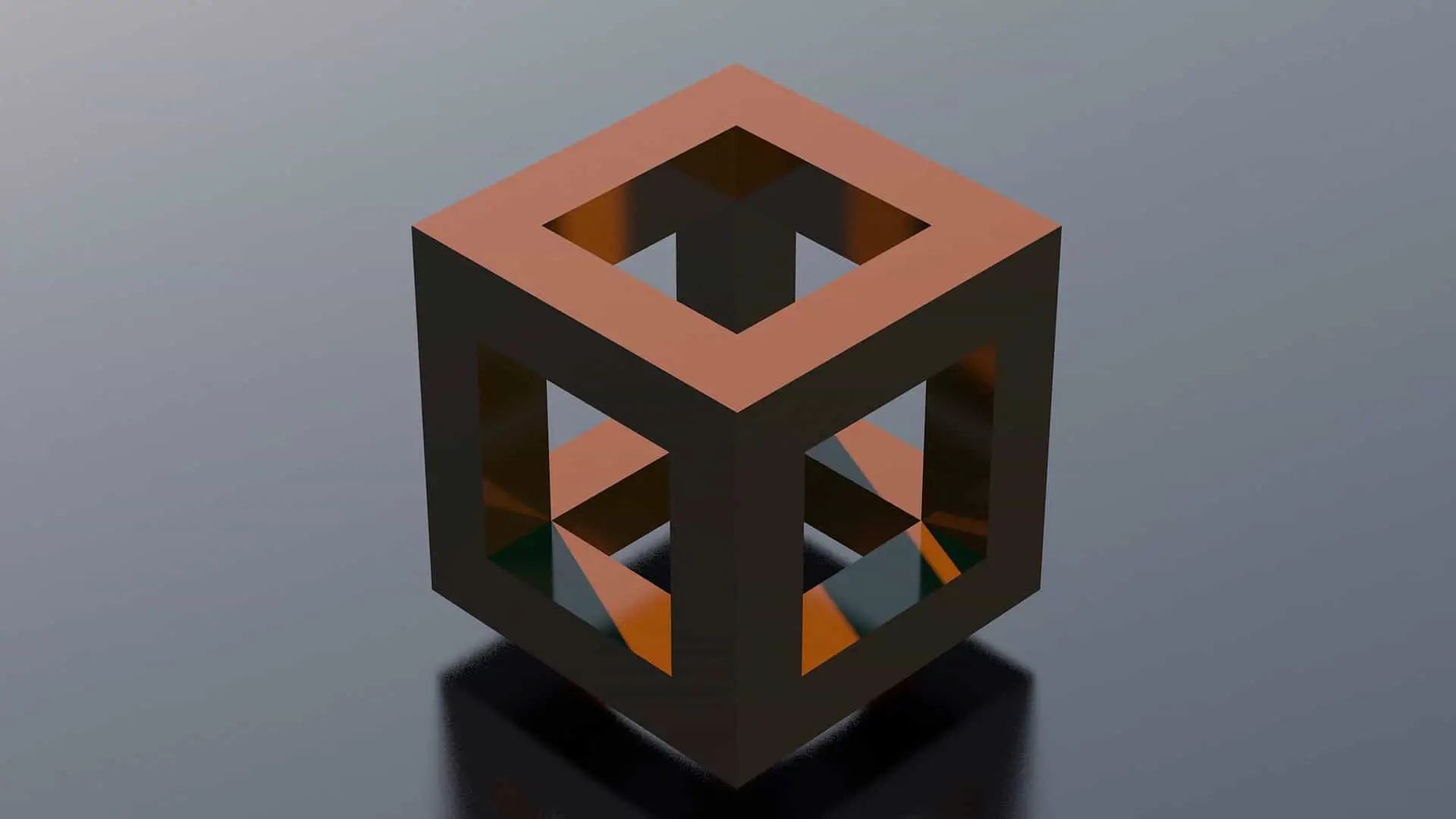
volume of the space, to have a complete contextual sense of the environment you are working with. When the space is empty, and not filled with objects and other items, it is referred to as “negative space”, while in contrast, a room or area that contains objects and items such as furniture etc., would be referred to as “positive space”. In order to achieve success in your design efforts, it is commonly recommended that all efforts be made to find a balance between these two types of space – this will ensure a well rounded space, and provide the most appealing environment possible.
2. Line – Create Shape in Your Space
Line within a living space helps to create shape, and draw the eye within the environment. In smaller spaces, it becomes important to draw attention to the third dimension of ‘height’, as this does tend to increase the sense that the space is larger than it is in actuality. Attention to lines within your living space will be an important element of your design efforts. Lines that are neither horizontal, nor vertical, can add some flair and interest to a space, though in smaller spaces should be limited, as their impact can be quite dramatic, and may negatively impact the sense of volume in the space you are working with.
3. Form
Without getting overly complicated about the concept of form, it is referring almost exclusively to any shapes or outlines that exist within your design space. The effects of form within a small space are quite dramatic, and can add balance in various circumstances. Additionally, forms can be more than just blocks in a space, as a form can be something transparent, which in many cases can provide great impact to your environment.
4. Colour
Colour effects the feel and mood of any space. It can also impact the sense of volume or overall “depth” of the design space. It is a great idea to investigate the relationship between color and mood, and this great article on the psychology of color is a great starting point. Every person has a different preference for colour, as is obvious, though many are unaware of the effects these colours have on mood. Some color choices will create a sense of a larger space, while others will make a space feel more confined – additionally, where colour is placed can impact the environment. As an example, painted ceilings darker can bring the sense of height down, creating a more confined feeling. Working with colour to accentuate and magnify your design goals, is a great way to improve the overall effectiveness and impact of your design choices.
5. Light
There is an old principle in design, which we have heard being referred to as “furnishing with light”. In simplest terms, it means the deliberate use of lighting to create effect and impact in a space, with the same importance and attention one would take to the selection of furnishing, or other items placed within a space. Light can magnify the effect of choices
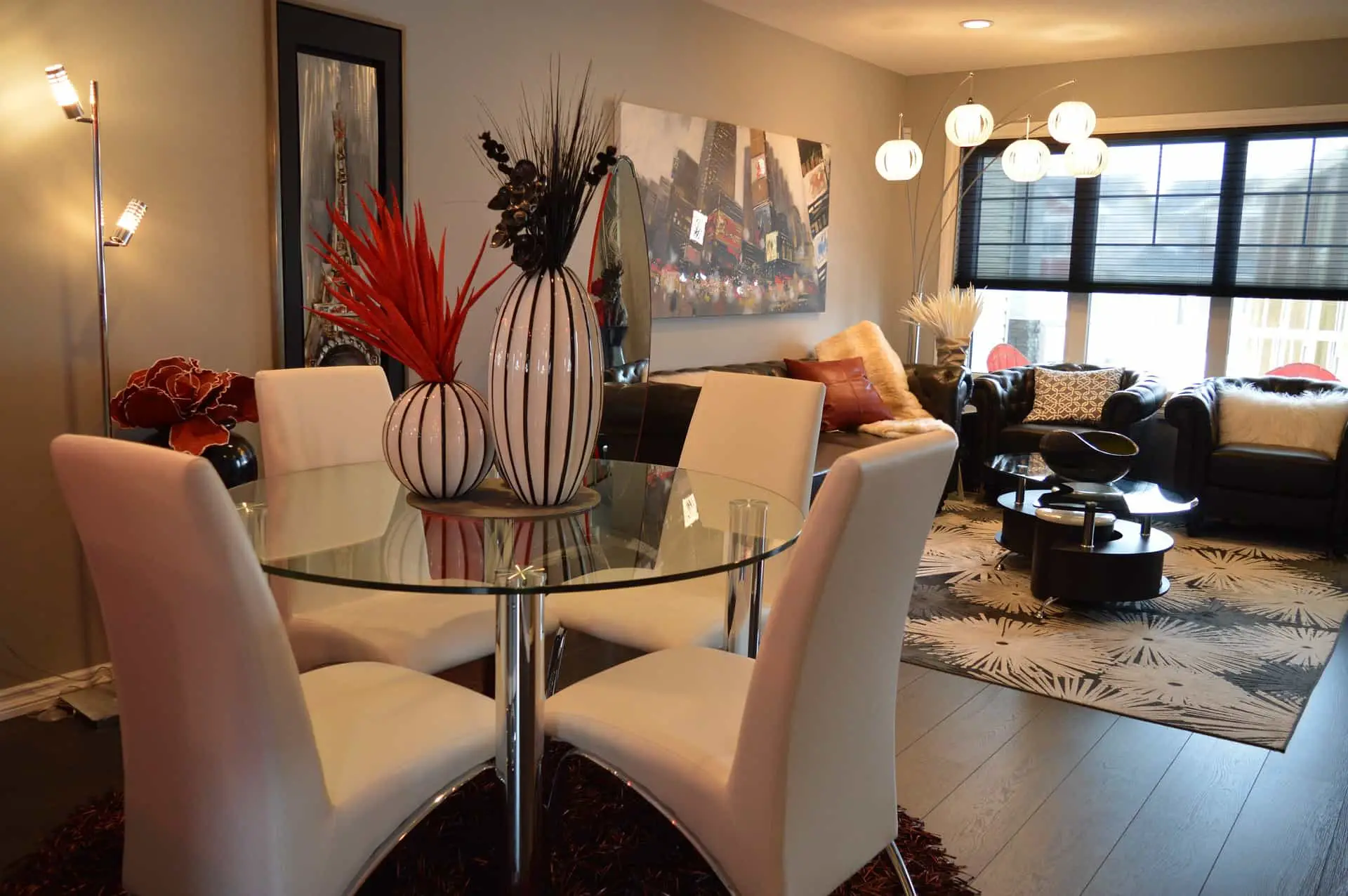
made regarding color or texture in a room, and has an obvious and clear impact on the ‘feel’ a space creates, and will influence the mood of the environment. The use of windows, to allow natural lighting into a space also plays a key role in any design, as does the type of light chosen, whether it be LED, florescent, incandescent, candle or otherwise. A room’s overall purpose will influence lighting choices, meaning that task lighting, versus mood or accent lighting, will be used depending on the intended use of a given space. Accent lighting can further enhance the mood of a space, or highlight specific objects, features and/or artwork that may be available in your design space.
6. Patterns
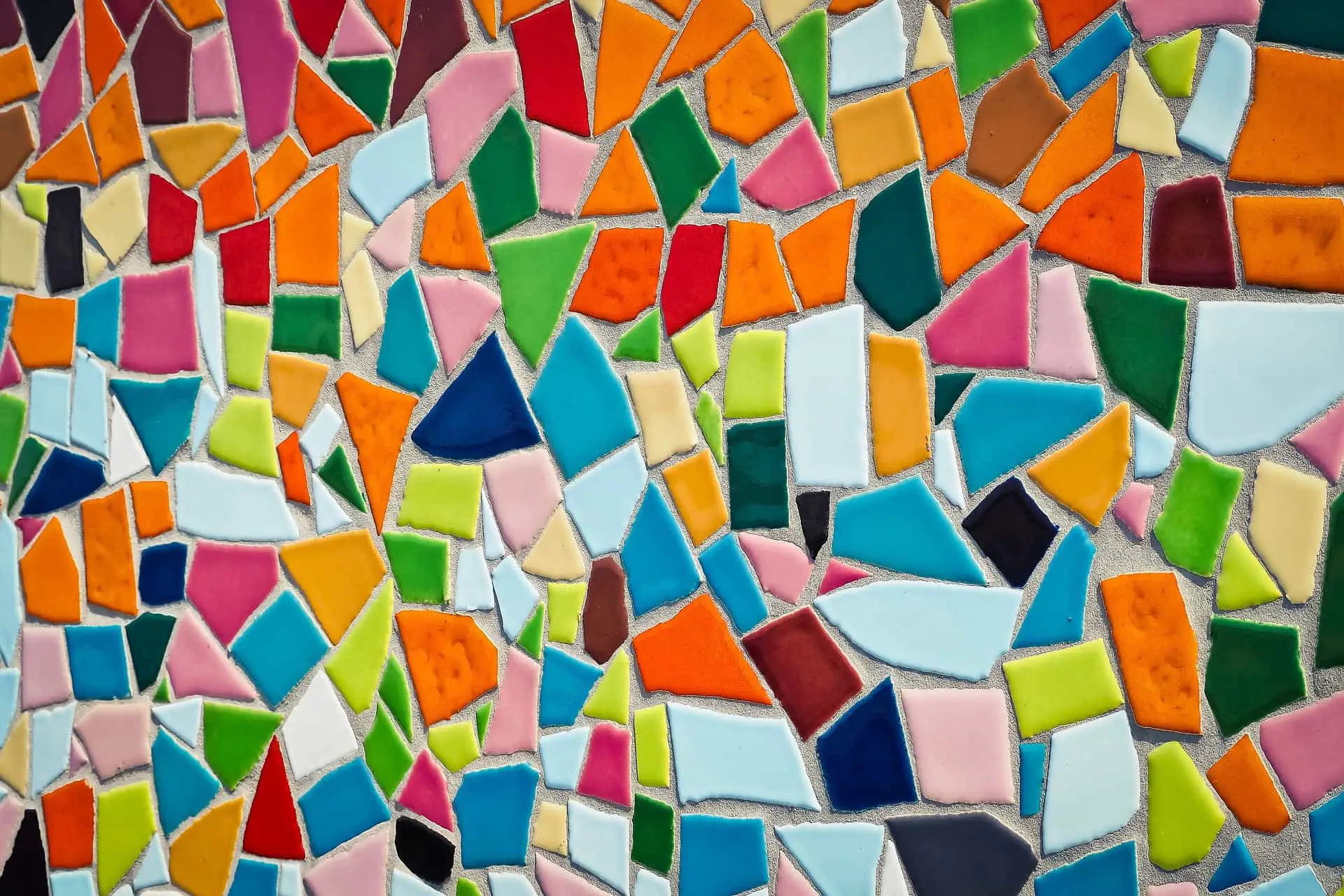
These use of patterns in small spaces must be done with great care. Much like colour or textures, patterns can draw attention, create depth, or remove depth, depending on your choices. They can also provide contrast, or add flair to sterile environments, and used correctly can be an very effective way to add character and excitement to a space. Patterns can be in fabrics, wall papers, blinds, covers, throw blankets or any other part of your collection of design elements. In small space, using small patterns to highlight a space is most effective, and can add a great deal to the overall aesthetic of any space.
7. Textures
If you’ve ever had the opportunity to view artwork in a museum or gallery, after you’ve viewed it in a magazine or book, you may already understand just how different textures can impact the depth and impact of a surface. In the design of a space, and in particular a small space, the choices
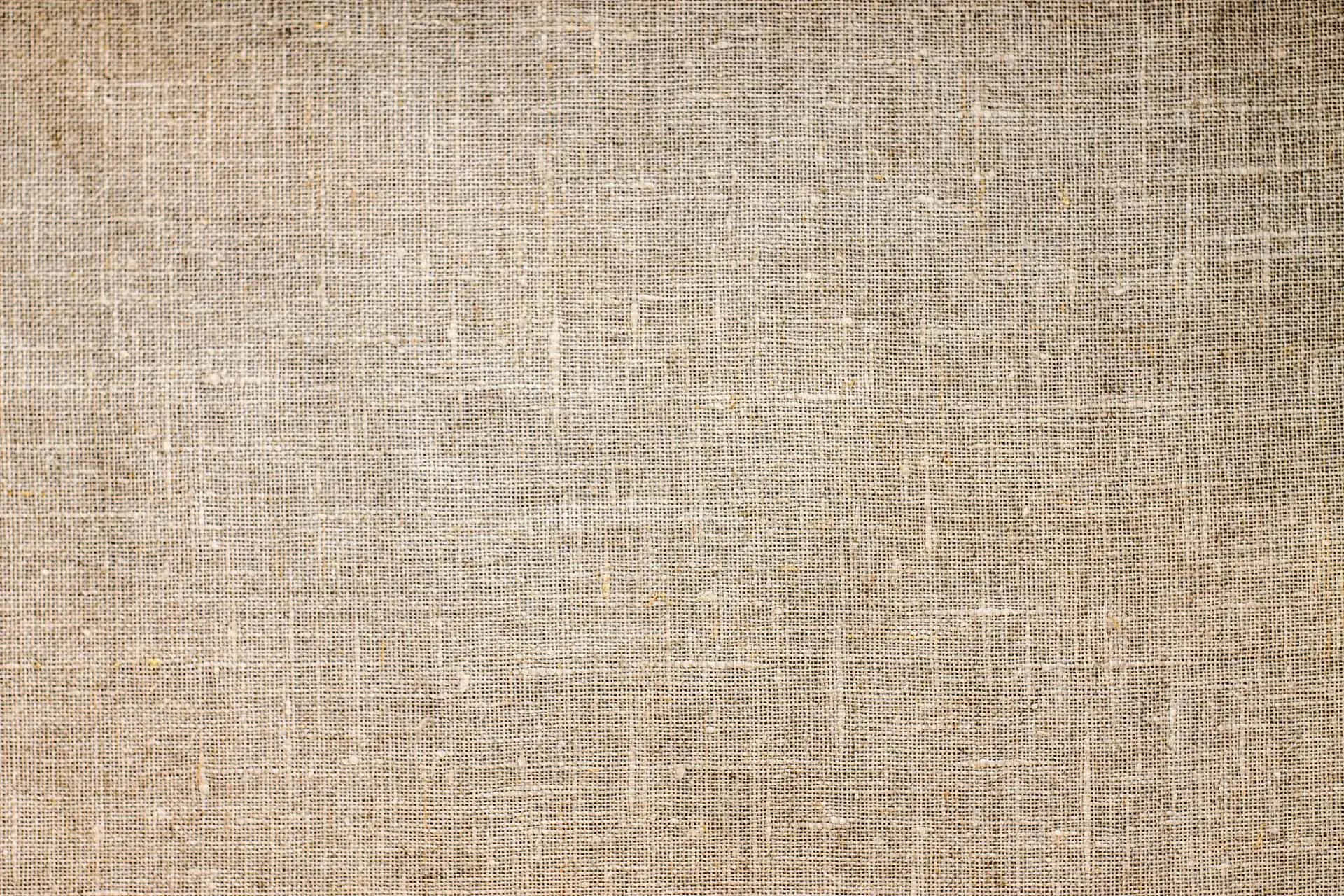
made for surface texture will greatly impact your environment. Whether the texture is artificial (meaning it can only be seen), or is three dimensional, and is apparent when touched, the effects are palpable. Choosing textures to accentuate a space, or create contrast to other design choices, such as color or light, can greatly enhance your design effectiveness. Experiment with different ideas and textures, or use accessories to add further texture to your space – you will be pleasantly surprised with the results.
Summary – Elements of Interior Design
This list is what is commonly known as the 7 Elements of Interior Design, and you will find it referred to in most introductions and discussions of design. This article has taken these principles, and attempted to apply them to their use in small space living, and we hope you’ve enjoyed reading these details, and that the principles presented assist you in your endeavors to create amazing small space living environments! We have more details on how to make a small room look bigger, and we recommend reading further to get more great information on how to improve your living spaces.
Let us know your thoughts, as we love to hear from you!! Be sure to Join Us to get future updates and other great inspirations and ideas from TAG Level.








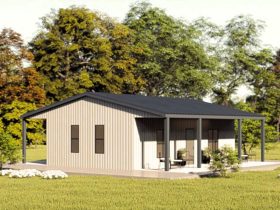

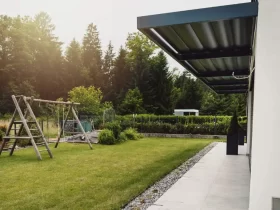
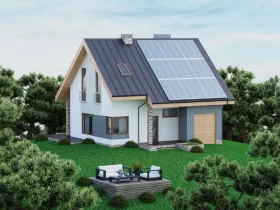
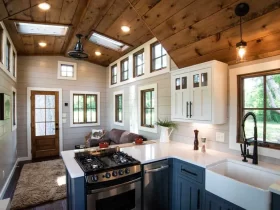
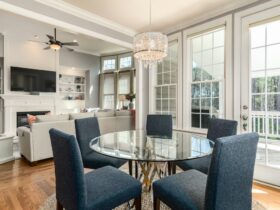
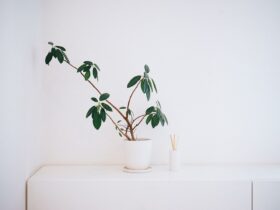


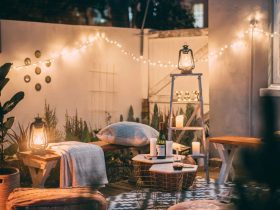

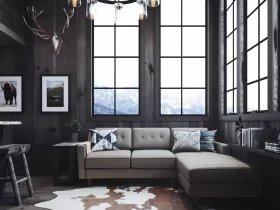
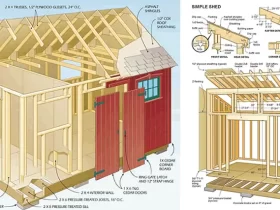
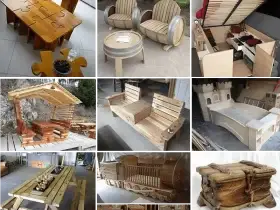
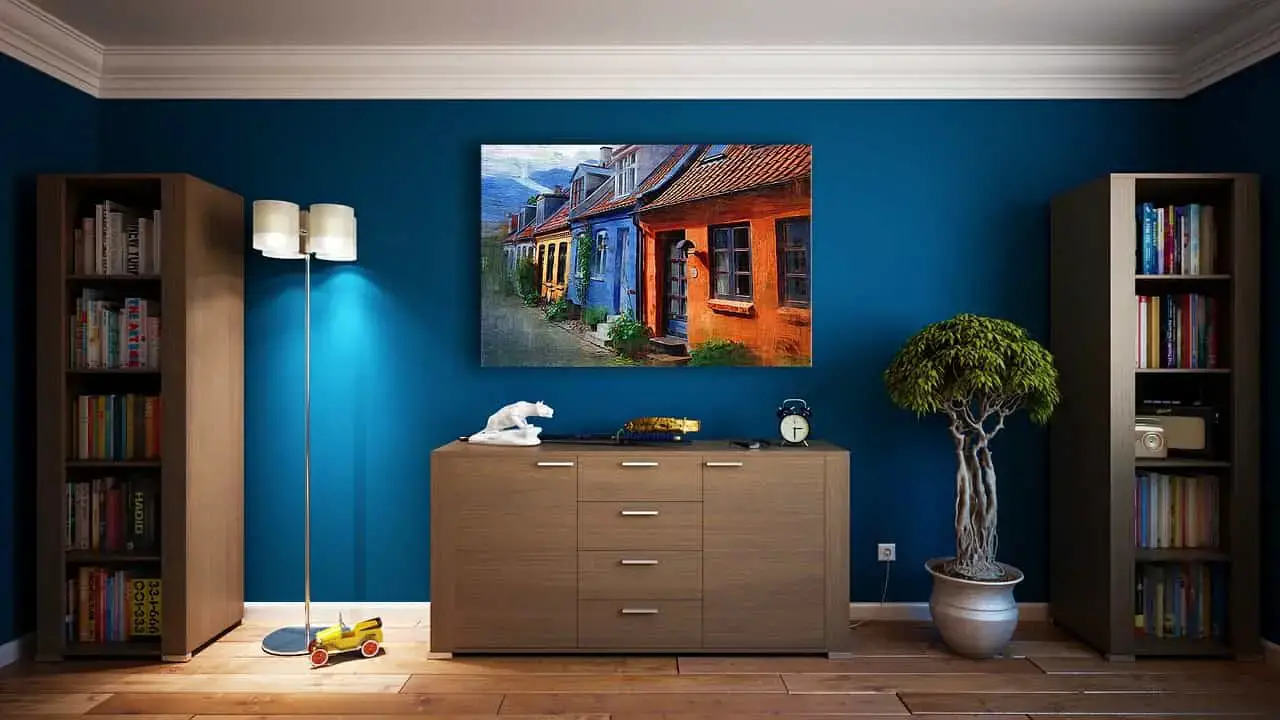
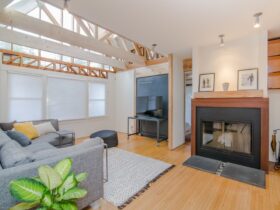
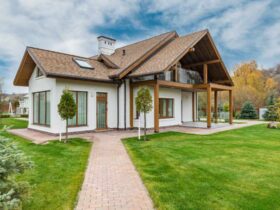
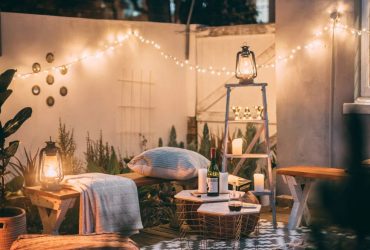





Leave a Reply